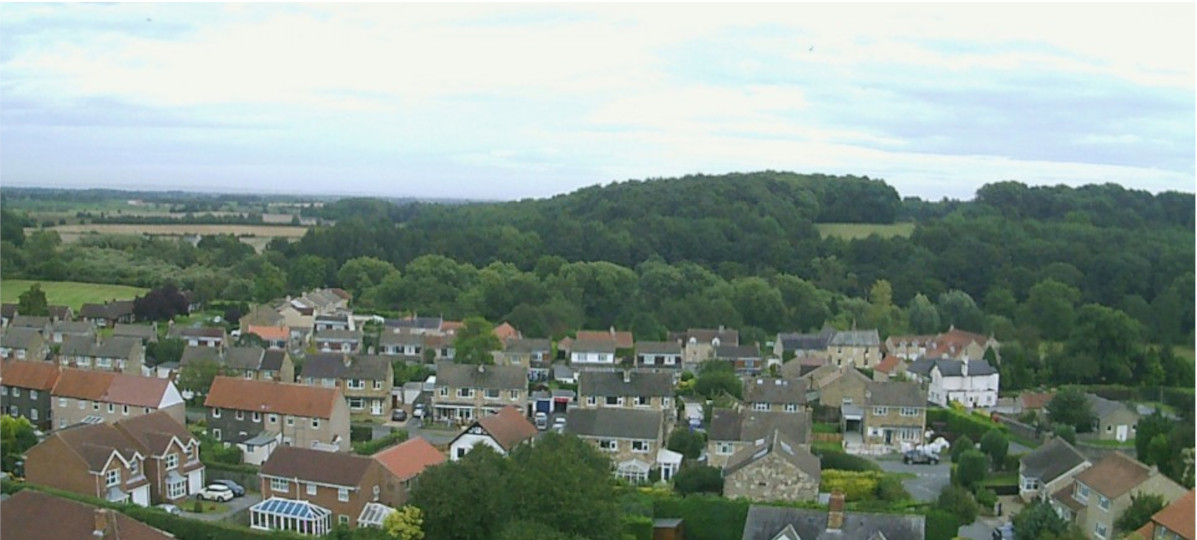Stutton Village near Tadcaster

Stutton a History..
Stutton is a small village North Yorkshire, a mile south-west of Tadcaster.
It lies in the valley of the Cock Beck which discharges into the River Wharfe one mile to the east of the village. It is in the parish of Stutton with Hazlewood.
Stutton has an ancient history, likely founded by Vikings in the late 9th century. The Domesday survey of 1086 records a mill, meadow, and woodland. It remained a small hamlet until major residential development occurred in the 1960s and 70s.
From Norman times until 1907/8 a substantial part of the village was owned by the Vavasour family of Hazlewood Castle as part of the Stutton-cum-Hazlewood estate. The Castle is now a hotel and spa.
The district close to the village is famous for the milk white magnesium limestone quarried since Roman times and used in the construction of York Minster and local property. The most famous quarry “Jack Daw” is located ½ mile to the west of the village.
Traditionally villagers would make a living working in agriculture on the productive soils which overlie the limestone. The marshy area in the village close to the Cock Beck contained many willow groves and willow harvesting, drying, and stripping was a cottage industry until the 1930s. The long straight willow stems were used for basket-making.
A railway line was authorised by Act of Parliament between Harrogate and Church Fenton in July 1845. The route of the line passed through Stutton and a station and goods siding were built. Construction took place between 1845 and 1847 with the line opening from Church Fenton to Spofforth including Stutton and Harrogate.
The Parish Council of Stutton-cum-Hazlewood met in the waiting room of the station building until 4 February 1960 when it transferred to the then new Stutton Village Hall.
In 1970 the British Railways Board put the station building up for sale and, after some time, it was sold and converted into a private house.
In 1900 the village had a water mill, railway station and goods yard, blacksmith’s workshop, large purpose built malting building, two shops, C of E Mission Church (St Aidan’s), a public house and a collection of ancient limestone built houses.
Today, the village has a public house, The Hare and Hounds, owned by Samuel Smith Brewery, about 80 houses, mostly modern, but with at least 1 dating back to 1697 (Manor House Farm), and a small village hall. St Aidan’s was deconsecrated in the early 2000s and is now a privately owned.